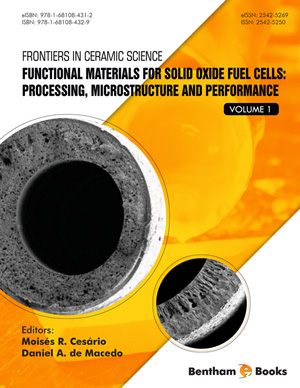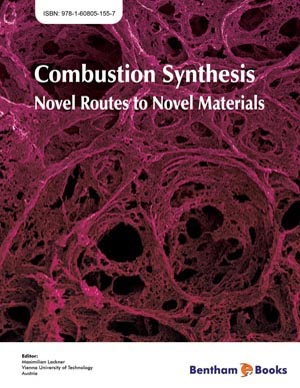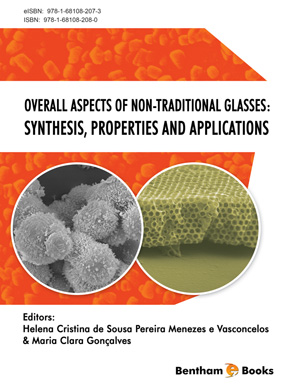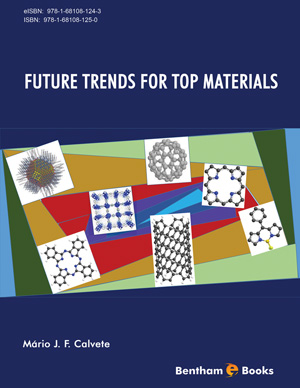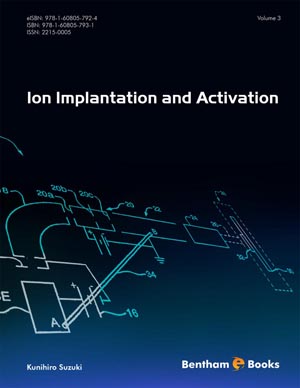Abstract
It is well recognized that the development of low-temperature solid oxide fuel cells (LT-SOFCs) replies on the exploration of new functional materials and optimized microstructures with facilitated oxygen reduction reaction (ORR) that involves complicated electrochemical processes occurring at triple-phase boundaries (TPB). This urgent and critical demand promotes great research efforts on pursuing superior catalysts as electrodes owing comprehensive electrochemical and physicochemical properties, and relevant catalyst optimization on materials and microstructures. The material development is mostly based on perovskite with extensive doping strategies to maximize the catalytic activity while other properties such as stability, thermal and chemical compatibility, etc. are well compromised. Other types of materials such as K2NiF4, double perovskite were also studied as potential candidates, owing to the excellence of catalytic activity resulting from the special features of crystal structures. In this chapter, the fundamental knowledge of cathode is briefly introduced, such as reaction processes of ORR, catalysis mechanism and defect transport. Several typical perovskites are reviewed to better understand the required specific material properties for an excellent ORR catalyst as cathode material that can be operated at practical low temperatures (350~500 °C). Particularly, recent development of the layered perovskites is specifically introduced because they show very promising performance at low temperatures due to the fast oxygen exchange and oxygen diffusion yielded by the ordered cation distribution in crystal.
Keywords: Catalysis mechanism, Catalytic activity, Cathode, Layered perovskite, Oxygen diffusion, Oxygen reduction reaction, Oxygen surface exchange, Perovskite, Solid oxide fuel cells, Three-phase boundary.


